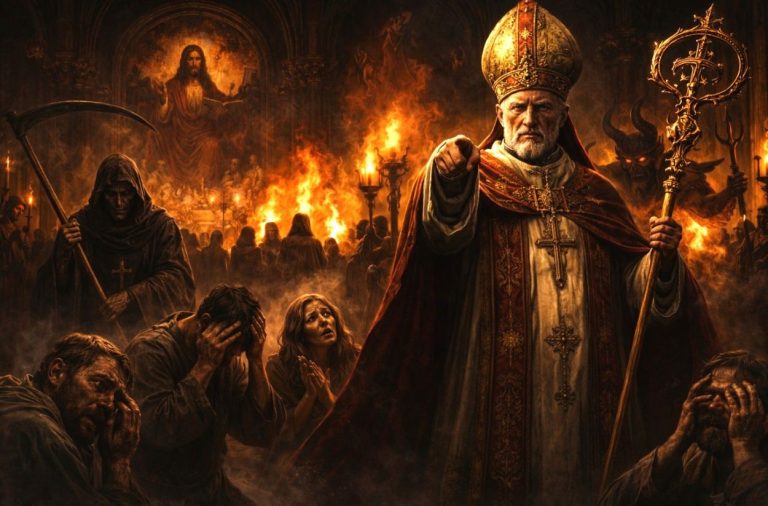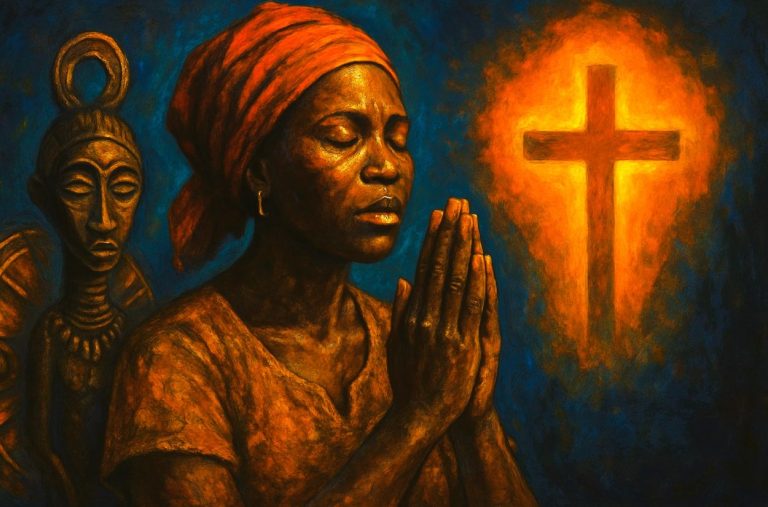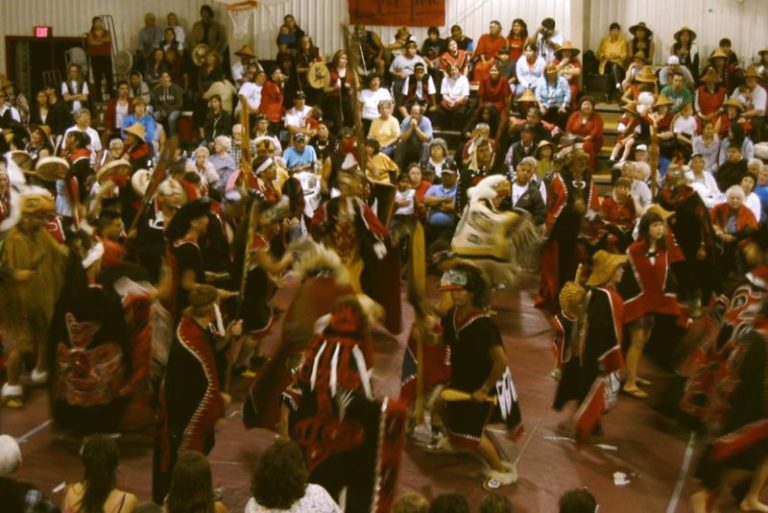
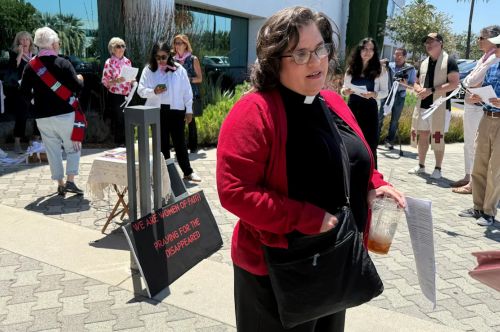
The involvement of religious leaders in immigration battles is part of a broader history of faith communities resisting state power on moral grounds.

By Matthew A. McIntosh
Public Historian
Brewminate
A Rising Tide of Moral Defiance
In the past months, as federal immigration raids have intensified and deportations have risen sharply, a growing number of clergy in the United States have stepped forward with an unflinching message: undocumented immigrants are not criminals to be hunted, but human beings deserving of dignity and protection. From Baptist pulpits in Texas to synagogues in New York, the language of sanctuary has reemerged as a moral rallying cry.
This movement has not appeared in a vacuum. It is unfolding in the shadow of the Trump administration’s latest crackdown, which has expanded enforcement priorities beyond individuals with criminal records. The result has been a wave of arrests and deportations that sweep up people with deep community ties, many of whom have lived in the country for decades.
For faith leaders, the decision to act is as much about preserving moral coherence as it is about political engagement. In their eyes, the policy shift violates not only legal protections but also the spiritual obligations to “welcome the stranger” that sit at the core of many religious traditions.
From Pews to the Streets
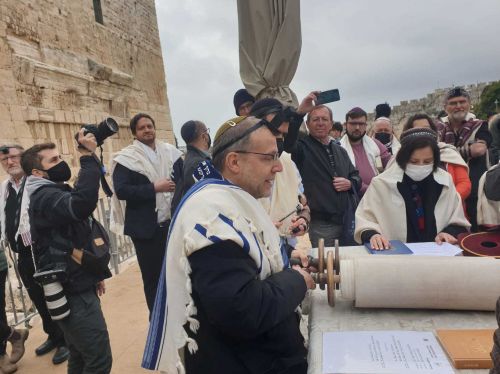
In Southern California, Reverend Oona Casanova, lead pastor of the South Bay Church of the Nazarene in Torrance, has made her presence known at immigration hearings where ICE lays in wait to let people know she stand with support and prayer. The Rabbinical Assembly and United Synagogue of Conservative Judaism (USCJ) joined with 25 Jewish and Christian organizations to file a lawsuit against the Department of Homeland Security for raiding houses of worship.
These actions are not symbolic flourishes. They represent a direct challenge to federal authority, drawing on a long tradition of religious resistance to state power in matters of conscience. The modern sanctuary movement, first visible in the 1980s when churches shielded Central American refugees fleeing civil wars, is being reimagined for a new era.
Whereas earlier efforts often relied on quiet cooperation with sympathetic officials, today’s sanctuary activists confront a far more polarized political environment. The willingness of clergy to step into public conflict is part of what gives the current wave its distinct edge.
A Patchwork of Protection
Not all sanctuary efforts involve physically housing individuals at risk. Many congregations have mobilized legal defense funds, organized “know your rights” workshops, and provided rapid-response teams to document immigration enforcement actions. In cities such as Chicago and Los Angeles, interfaith coalitions have built networks capable of deploying volunteers within minutes of a raid, ensuring that detainees have immediate access to counsel and that families are not left stranded without resources.
This patchwork of protection reflects the uneven geography of both political will and immigration enforcement. In states like California, where local governments often resist federal deportation efforts, faith-based networks can operate with relative freedom. In others, particularly in the South and Midwest, churches face legal threats for offering even minimal assistance to undocumented residents.
Despite this risk, leaders persist. As Pastor Fred Morris, a United Methodist minister in Los Angeles, told the Associated Press, “There is a dreadful sense of fear. It’s more than palpable. It’s radiating. People are terrified.”
Clash of Moral and Political Narratives

The administration’s framing of undocumented immigrants as security threats has made dialogue increasingly difficult. While federal officials stress law enforcement imperatives, faith leaders counter with stories that humanize those targeted. stories of parishioners who teach Sunday school, volunteer at food banks, and raise children who are U.S. citizens.
The moral challenge here is not only about immigration but about the country’s willingness to define certain lives as expendable. Clergy warn that such a stance corrodes civic trust and fosters fear that spreads beyond immigrant communities. When families skip medical appointments for fear of being detained, or when witnesses to crimes avoid police contact, the damage ripples through neighborhoods far removed from the original point of enforcement.
Beyond Sanctuary: Reframing the Debate
Some faith leaders are pushing beyond reactive defense to propose alternative immigration frameworks grounded in justice rather than restriction. They argue that the United States, as a nation built in large part by immigrants, has an obligation to align its policies with its professed ideals.
Bishop Mark Seitz of El Paso, whose diocese straddles the U.S.-Mexico border, has called for comprehensive reform that addresses root causes such as economic displacement and violence in migrants’ countries of origin. Others, including Muslim community leaders in Detroit, have emphasized the role of interfaith solidarity in countering the politics of fear.
These conversations are not without tension. Within the same denominations, some congregations support the administration’s approach, framing it as a matter of national sovereignty. Yet even here, the visibility of clergy taking the opposite stand has forced a public reckoning on what it means to live out faith principles in a contentious political climate.
The Long Arc of Religious Resistance
The involvement of religious leaders in immigration battles is part of a broader history of faith communities resisting state power on moral grounds. From the abolitionist clergy of the 19th century to the ministers who marched for civil rights in the 1960s, the pulpit has often doubled as a platform for dissent.
What sets the current moment apart is the degree to which the sanctuary impulse has crossed theological and denominational lines. Catholic nuns stand alongside evangelical pastors, Jewish rabbis join with Muslim imams, and all speak in a shared moral language about the sanctity of human life and the obligation to protect the vulnerable. Whether these efforts will alter the course of federal immigration policy remains uncertain. Yet in congregations across the country, the decision to act has already reshaped the boundaries of what it means to be a faith leader in America today.
Originally published by Brewminate, 08.15.2025, under the terms of a Creative Commons Attribution-NonCommercial-NoDerivatives 4.0 International license.
